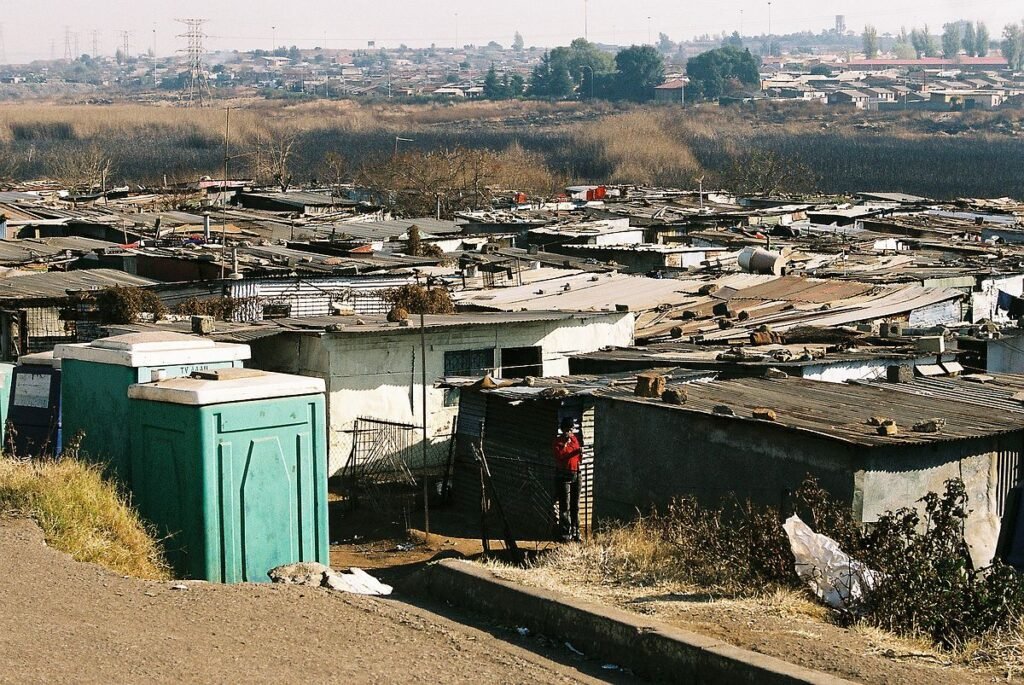
When you think of South Africa, the images that probably come to mind are Table Mountain, luxury safaris, and vineyards stretching into the horizon. And while those are worth seeing, there’s another side, less polished, more personal, that captured my heart during my recent trip.
This is the side I want to show you.
I spent time in Soweto, a township just outside Johannesburg, and what I experienced there wasn’t just history, it was life unfolding. It was memory. It was joy and struggle living side by side. If you’re planning your first trip to South Africa, here’s why Soweto should absolutely be on your list — and how to experience it in a way that stays with you forever.
Why Soweto?
Soweto stands for “South Western Townships,” but it’s not just a place on the map. It’s where the anti-apartheid struggle found its roots. It’s where Mandela and Tutu once lived and where young people marched — and died — for the right to be free.
But beyond the history, it’s a community full of rhythm, resilience, and a raw, unfiltered kind of beauty.
I had the privilege of exploring this place with Sifiso, a passionate local guide who could recite the political timeline of South Africa like poetry. Honestly, the man should have his own show. As @mackxwellrosengeri852 put it in the comments:
“That guy who took you around Soweto has South Africa’s history on his fingertips. He’s also a very good orator.”
No lies told.
Where We Went & What We Saw

We began at Hector Pieterson Memorial, where the walls whisper the names of students who were gunned down for protesting a racist education system in 1976. It’s a solemn place — but it’s not quiet. Schoolchildren still visit, their uniforms mirroring those in the black-and-white photos from decades ago.
From there, we walked to Vilakazi Street, probably the most famous road in South Africa — the only one that housed two Nobel Peace Prize winners: Nelson Mandela and Archbishop Desmond Tutu. I stood in front of Mandela’s former home, now a museum, feeling the weight of history on my shoulders.
But it wasn’t all history lessons. We turned corners and found kids breakdancing on the street, elders playing dominoes, and vibrant murals that blend political resistance with urban creativity.
And then — Kliptown.
The Kliptown Experience

Kliptown isn’t your average tourist stop. In fact, many travel guides won’t even mention it. But I’m telling you — go there.
It’s one of the oldest townships in Soweto and home to some of the most under-resourced communities I’ve seen. Tin houses. Dirt paths. No running water. And yet, when we visited, the air was alive with music and laughter. Kids invited me to dance. A teenage boy showed me the drone he built from scrap. It was humbling.
It reminded me of something one of my YouTube viewers, @Nombuso1, said:
“I really wish the South African tourism department can advertise more of the lesser-known areas… Where are all the hidden gems?”
You’ll find them in places like Kliptown.
Is It Safe to Visit Soweto?
Yes. Especially if you go with a local guide who knows the area. I never felt unsafe. In fact, I felt embraced.
People are warm. They want to share their stories. And if you go with open eyes and an open heart, you’ll leave richer, not in money, but in meaning.
Tips for Visiting Soweto
- Book a local guide. I went with Sifiso, an incredibly knowledgeable storyteller and former history student. Ask for him by name!
- Wear comfortable shoes. You’ll be walking through a mix of paved roads, dusty alleys, and uneven terrain.
- Bring cash. Some places don’t accept cards, and you’ll want to support local vendors.
- Respect the space. This is not a theme park. These are people’s homes and lives. Ask before taking photos, and listen more than you speak.
- Go with questions. You’ll leave with even more.
Final Thoughts
South Africa is beautiful in so many ways, but some of its most powerful beauty lives in the places less advertised. Soweto is not a destination you check off your list. It’s an experience that stays with you.
If you’re planning a trip to South Africa, make time for the city’s soul, not just its skyline. And when you go, don’t just see Soweto. Let it see you, too.
Until the next journey,
— Steven Ndukwu
Check out my full trip to Soweto here.
